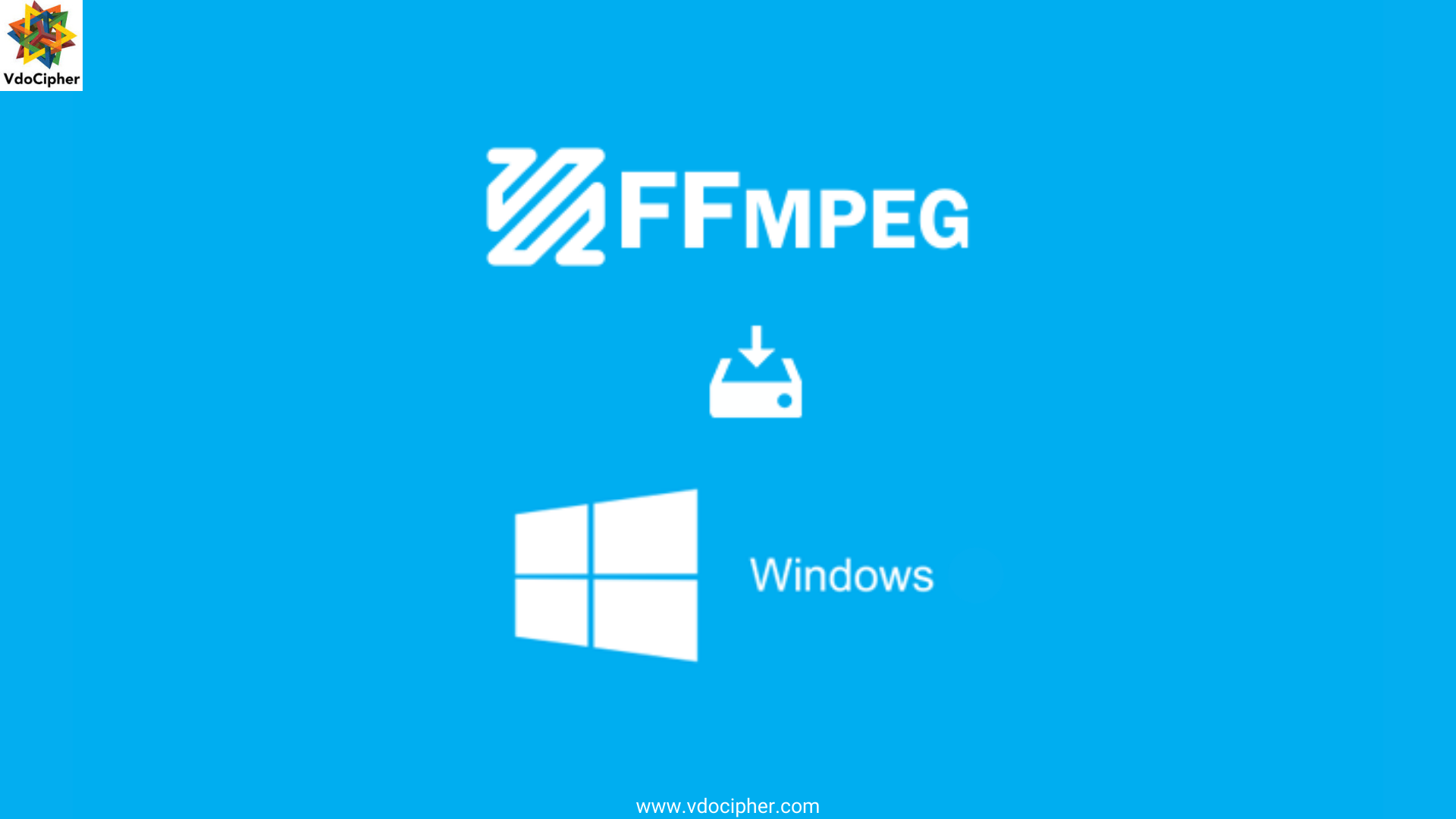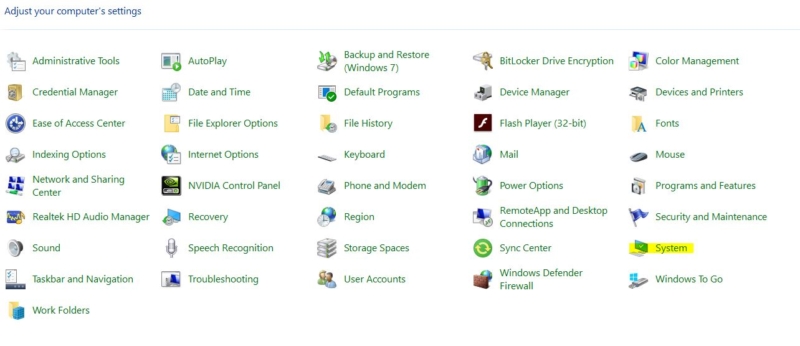
- #INSTALL FFMPEG WINDOWS HOW TO#
- #INSTALL FFMPEG WINDOWS FULL VERSION#
- #INSTALL FFMPEG WINDOWS INSTALL#
- #INSTALL FFMPEG WINDOWS WINDOWS 10#
- #INSTALL FFMPEG WINDOWS SOFTWARE#
When I run this example code: from converter import ConverterĬonv = c.convert('test1.ogg', '/tmp/output. I get this: Traceback (most recent call last):įile "C:\Python27\lib\distutils\core.py", line 151, in setupįile "C:\Python27\lib\distutils\dist.py", line 953, in run_commandsįile "C:\Python27\lib\distutils\dist.py", line 972, in run_command When I run the command: python setup.py test
#INSTALL FFMPEG WINDOWS INSTALL#
I read in the manual that I had to install FFMPEG separately so I did (I created the folder in C:\, the enviroment variable "path" and tested it and worked) but still doesn't work. Being an open-source tool it gives you endless capabilities as you can make changes to the source to your requirements.I'm trying to use this python video converter and I couldn't even run the test.

Step 7 – Select the Path Variable under “User variables for (your name)” and click edit. It will open a pop up window, in the bottom right corner you will see an option of environment variables, click on it. Step 6 – Search for system variables in windows search, Click on edit system environment variables. To make it work you need to set its path to environment variables. Download the build for 32-Bit or 64-Bit depending upon your version of Windows 10.
#INSTALL FFMPEG WINDOWS WINDOWS 10#
Now you have FFMPEG installed in your machine. Chapter-1: Download FFmpeg for your version of Windows 10 (32 or 64 Bit) Step-1: Firstly, go to the Official FFmpeg Website and download the current stable version of FFmpeg. Step 5 – Now cut the folder from downloads and paste it into the C drive on your PC. Step 4 – Once the download is finished you can extract the build in the downloads folder and rename the folder to ffmpeg.
#INSTALL FFMPEG WINDOWS FULL VERSION#
Step 3 – To download the latest stable version scroll down to release and click on, It will start downloading the latest stable release full version in compressed format.

#INSTALL FFMPEG WINDOWS HOW TO#
Installing FFMPEG on windows is quite easy, Once the installation process is done we will elaborate on how to set up environment variables in windows for FFMPEG. It is widely used for format transcoding, basic editing (trimming and concatenation), video scaling, and video post-production effects. FFMPEG is a command-line tool used for processing video and audio files.
#INSTALL FFMPEG WINDOWS SOFTWARE#
What is FFMPEG?įFmpeg is a free and open-source software project consisting of different libraries and programs for handling video, audio, and other multimedia files and streams. On top of it, there are a few basic commands for FFmpeg to get you started. Here in this tutorial, I’ll discuss briefly what FFmprg really is and how you can install it on windows.

As well as offer an interface to various video codecs like H.264/AVC, HEVC, AV1. It can be used for blurring, color conversion, rotation, extraction of frames.

If you are looking for a library to help you out with video compression and processing, FFmpeg is certainly the best open-source library you’d find out there.


 0 kommentar(er)
0 kommentar(er)
